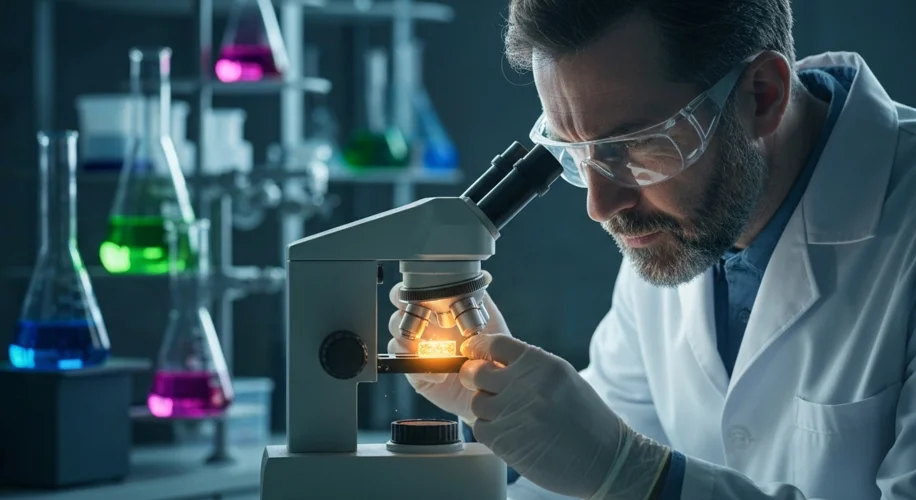Did you know that many of the precious metals we rely on, like gold, platinum, and palladium, are incredibly difficult to extract, especially in tiny amounts?
Well, scientists have developed a really neat method that could change how we think about recycling these valuable resources. They’re talking about a way to pull out these metals, even when they’re present in minuscule quantities, and the best part? “Not a single atom goes to waste.”
This isn’t science fiction; it’s real progress in resource management. Think about the electronics we use every day – phones, computers, even your smart watch. These devices contain small amounts of these precious metals, often embedded within complex materials. Until now, efficiently recovering these tiny treasures has been a major challenge.
What makes this new approach so exciting is its meticulousness. Instead of relying on harsh chemicals or energy-intensive processes that might not be effective for trace amounts, this method uses a targeted approach. It’s designed to be highly specific, ensuring that the desired metals are captured without unnecessary loss or contamination.
Imagine a world where almost everything can be repurposed. This breakthrough could significantly boost the efficiency of electronic waste recycling. It means we can recover more of the valuable materials that are currently being lost, reducing the need to mine for new resources. Mining, as we know, has its own set of environmental impacts, so finding ways to reuse what we already have is crucial for a more sustainable future.
This isn’t just about saving money or resources; it’s about minimizing our environmental footprint. By recovering every possible atom, we reduce the amount of waste going to landfills and lessen the demand for new mining operations. It’s a win-win for both industry and the planet.
This development highlights the incredible innovation happening in materials science and chemical engineering. It’s a reminder that even the smallest amounts of matter hold significant value, and with the right scientific approach, we can harness that value responsibly. I’m always inspired by how science can offer elegant solutions to complex problems like resource scarcity and waste management.

